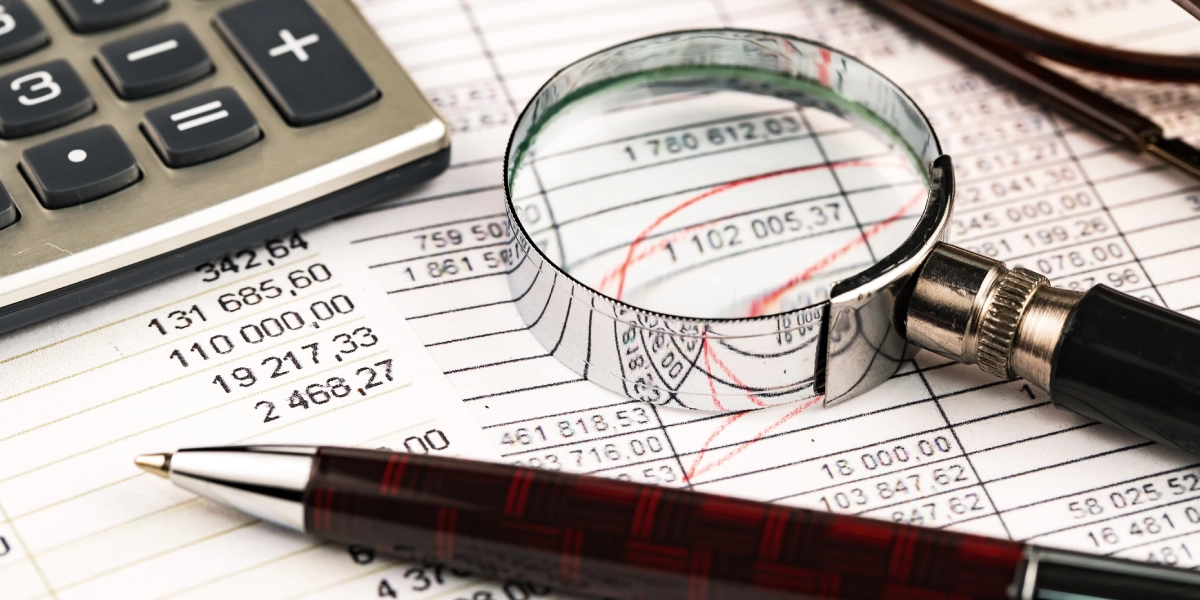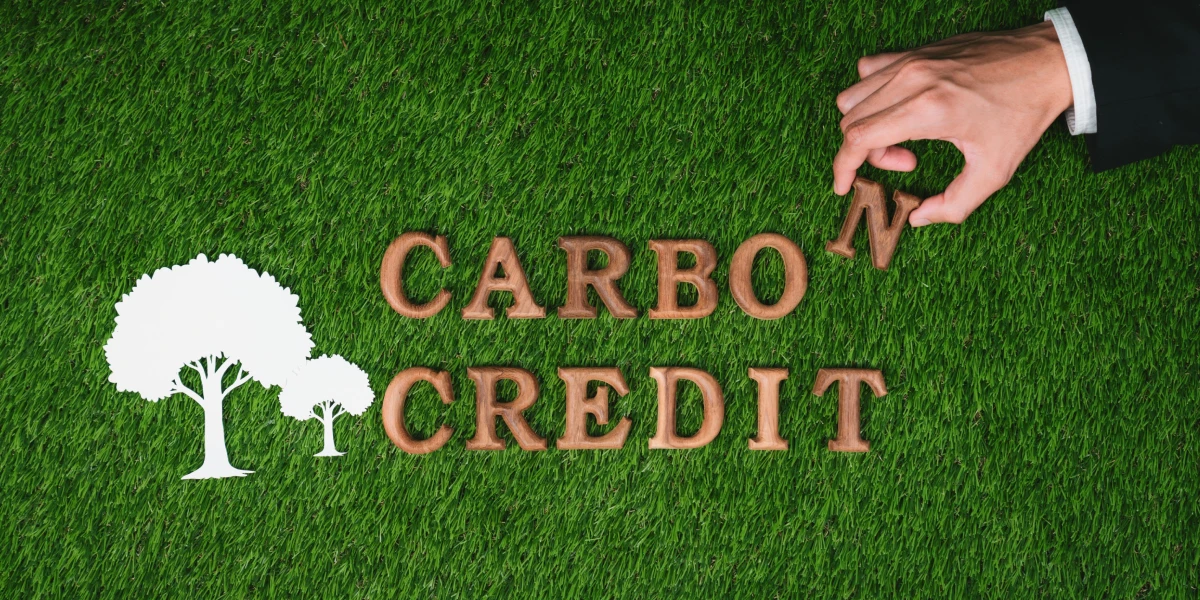-
CALL US 0203 883 4777
Do Hairdressers Charge VAT in the UK?

The question, “Do hairdressers charge VAT in the UK?” is one that many salon owners, freelance stylists, and mobile hairdressers often ask. The answer depends not on the type of business, but on turnover. Hairdressers in the UK must follow HMRC’s VAT (Value Added Tax) rules, which link directly to income thresholds. Once a business exceeds the set level, it must register for VAT, affecting pricing, profit margins, and customer perception.
This article provides a detailed explanation of VAT requirements for hairdressers. It covers the registration threshold, rules for different business models, exemptions, the standard VAT rate, and the practical effects on the hairdressing industry. It also highlights how Apex Accountants can help hairdressers manage VAT effectively.
What is the VAT registration threshold for hairdressers?
The VAT registration threshold is the first factor to consider. As of April 2024, the threshold stands at £90,000 in annual taxable turnover. This means that if a hairdresser, salon, or barber shop earns more than £90,000 in any consecutive twelve months, they must register for VAT with HMRC.
It is important to note that this is a rolling 12-month period. Businesses cannot simply measure from the start to the end of a tax year. For example, if a salon gradually increases its monthly turnover and reaches £90,000 over the course of May to April, the VAT registration requirement applies from that point. HMRC requires businesses to register within 30 days of crossing the threshold.
On the other hand, if turnover later drops below £88,000, a hairdresser may apply for deregistration. This flexibility helps businesses that experience seasonal fluctuations or temporary drops in revenue. However, many businesses in the sector deliberately remain under the threshold to avoid the administrative burden and financial implications of VAT.
Do all hairdressers have to charge VAT once registered?
The obligation to charge VAT does not depend on the type of business. Whether someone is a self-employed stylist, a salon owner, or a mobile hairdresser, the same rule applies: once the threshold is exceeded, VAT registration is compulsory and VAT must be charged.
- Independent and self-employed hairdressers must register when their annual earnings from services and product sales go above £90,000. Until then, they do not charge VAT.
- Salon businesses must take a wider view of turnover. Income from services, retail sales, and even chair rental fees from freelancers all count toward the threshold. Once this total passes £90,000, VAT registration is unavoidable.
- Chair rental arrangements can tip many salons into VAT. HMRC clarified that chair rentals are taxable at the standard rate, meaning this income cannot be excluded.
- Mobile hairdressers, who often earn below the threshold, usually do not charge VAT. However, if their earnings grow – perhaps by catering to events, building a larger client base, or hiring additional help – VAT may come into play.
Employees working in salons never charge VAT personally. Instead, the salon or company they work for is responsible for VAT registration and collection.
Are there any VAT exemptions for hairdressers?
There are no sector-specific VAT exemptions for hairdressers. In other words, there is no special rule that removes hairdressers from the VAT system. All standard services, such as cutting, colouring, and styling, are taxable at the standard rate.
The only exemption is the small business exemption, which applies automatically if turnover remains under the £90,000 threshold. Hairdressers in this category do not charge VAT to clients and cannot reclaim VAT on expenses. Some choose to register voluntarily to appear more established or to reclaim VAT on products, equipment, or utilities. However, once registered, they must add VAT to every taxable service and sale.
What VAT rate applies to hairdressing services?
Hairdressing services are subject to the standard VAT rate of 20%. Unlike some sectors, such as hospitality, which temporarily benefited from a reduced VAT rate during COVID-19, hairdressers have always remained at the standard rate.
For example, a £50 haircut advertised before VAT becomes £60 once VAT is added. Many salons therefore prefer to display VAT-inclusive prices to avoid confusing clients. While customers of VAT-registered businesses pay more, customers of smaller, unregistered salons or mobile hairdressers do not pay VAT on top of quoted prices.
Some salons make use of HMRC’s Flat Rate Scheme. Under this scheme, a hairdressing business still charges clients the full 20% VAT but pays HMRC a fixed percentage of gross turnover (around 13% for hairdressers). This approach simplifies VAT accounting and reduces administrative pressure, though it may not suit every business.
How does VAT affect pricing and profits for hairdressers?
VAT for hairdressers has a significant impact on pricing. Once registered, a hairdresser has two main choices:
- Increase prices by around 20% so the VAT is passed directly to customers. This can make services appear less competitive compared to non-registered stylists.
- Absorb the VAT cost and keep prices the same, but sacrifice part of the profit margin. This is often unsustainable in the long term.
Because hairdressing is labour-intensive, there are relatively few VAT-bearing expenses to claim. Wages and chair rent, for instance, do not attract VAT. As a result, many salons observe that they cannot reclaim enough input VAT to offset what they owe, making VAT registration a real challenge for profitability.
This pressure has led to calls within the industry for a reduced VAT rate, but as of 2025, no such relief has been introduced.
Conclusion: Do hairdressers charge VAT in the UK?
- Hairdressers only charge VAT if they are VAT-registered.
- Registration is compulsory once turnover exceeds £90,000 in any rolling 12 months.
- VAT applies equally to salons, self-employed stylists, and mobile hairdressers.
- All services are taxed at the standard 20% rate.
- No specific VAT exemptions exist for the sector.
Smaller operators below the threshold do not charge VAT, which is why many remain outside the VAT system. Larger salons and growing freelancers, however, must register and adjust their pricing strategies accordingly.
How Apex Accountants can help hairdressers with VAT
For many in the hair and beauty industry, VAT is one of the most difficult financial challenges. At Apex Accountants, we work closely with salon owners, freelance stylists, and mobile hairdressers to make VAT management simpler and less stressful.
Our VAT services for hairdressers include:
- Monitoring turnover and advising when VAT registration is required.
- Registering businesses for VAT and handling deregistration when appropriate.
- Preparing and filing VAT returns with HMRC.
- Advising on pricing strategies that maintain competitiveness while staying compliant.
- Exploring schemes such as the Flat Rate Scheme to simplify VAT reporting.
- Representing clients in communications with HMRC and ensuring all obligations are met.
By partnering with Apex Accountants, hairdressers can focus on delivering great service to clients while we take care of VAT, compliance, and financial strategy.
Book a free consultation with Apex Accountants today and let us help your hairdressing business grow with confidence.
FAQs on VAT for Hairdressers and Beauty Salons in the UK
1. What is the VAT rate for hairdressers in the UK?
Hairdressing services in the UK are taxed at the standard VAT rate of 20%. This applies to all haircuts, styling, colouring, and similar services once a business is VAT-registered.
2. Is there VAT on beauty products in the UK?
Yes. Most beauty products, such as shampoos, conditioners, hair dyes, and cosmetics, are subject to the standard VAT rate of 20%. Only a few items, like certain health-related products, may fall under reduced or zero rates.
3. Do self-employed hairdressers have to pay VAT?
Self-employed hairdressers only need to register for VAT if their taxable turnover exceeds £90,000 in any rolling 12-month period. Below this threshold, they are not required to charge VAT, although voluntary registration is allowed.
4. What do HMRC’s guidelines say about renting a chair in a salon?
According to HMRC, chair rental income is treated as taxable turnover at the standard rate. If a salon rents out chairs to freelance stylists, this rental income counts towards the VAT threshold and must be charged VAT once the threshold is exceeded.
5. Do self-employed hairdressers pay tax to HMRC?
Yes. Self-employed hairdressers must submit a self-assessment tax return each year and pay income tax and national insurance on their profits. VAT is separate and only applies if they cross the registration threshold.
6. Are beauty salons required to be VAT registered?
A beauty salon must register for VAT once its annual taxable turnover exceeds £90,000. If it remains below the threshold, registration is not required. Some salons choose to register voluntarily to reclaim VAT on expenses.
7. What is the VAT threshold in the UK?
From April 2024, the VAT registration threshold is £90,000. Businesses that exceed this limit in any consecutive 12-month period must register with HMRC within 30 days. The deregistration threshold is £88,000.
8. Do hairdressers have to pay VAT on their services?
Yes, once registered. Hairdressers who cross the VAT threshold must add 20% VAT to all their services. Those below the threshold do not charge VAT to customers.
9. Are beauty treatments subject to VAT in the UK?
Yes. All standard beauty treatments, such as facials, manicures, and waxing, are taxed at the 20% VAT rate when the salon or beautician is VAT-registered.
10. Does hairdressing attract GST instead of VAT?
No. The UK does not use GST (Goods and Services Tax). Hairdressing services in the UK are covered under VAT, with the standard rate of 20% applying to all taxable services.
11. Is VAT always 20% for everything in the UK?
No. While many goods and services, including hairdressing and beauty, are taxed at 20%, some items fall under reduced rates (5%) or are zero-rated. For hairdressers, however, services and most products are charged at the standard 20% rate.
Recent Posts

Tailored Tax Planning for Entertainment Agencies and Production Companies
The UK entertainment industry is fast-paced and financially complex. From film and theatre to digital media and music, every project...
Preparing Annual Accounts For Consultancy Businesses Ahead of 2026 Reforms
Annual accounts for consultancy businesses in 2026 are set to change significantly. New rules from Companies House, HMRC and the...
Employee Share Plans for Consultancy Businesses: A Strategic Blueprint
In a consultancy business, success depends on people. Retaining skilled consultants, rewarding contribution, and encouraging long-term commitment are vital for...
How Artificial Intelligence in Accounting and Tax Is Changing UK Finance
The financial sector is undergoing rapid transformation. Artificial intelligence (AI), blockchain (distributed ledger technology, or DLT), and quantum computing are...

HMRC Tax Investigations for Entertainment Sector: Key Triggers and Prevention Tips
The UK entertainment industry spans film, music, theatre, and digital media — each with complex income streams, licensing rights, and...

How Outsourced Accounting for Entertainment Companies Is Changing the Industry
The UK entertainment industry covers film, television, theatre, music, and digital media. It is creative but financially unpredictable. In 2024,...
Understanding Tax Relief for Museums and Cultural Organisations
Museums and galleries remain central to the UK’s cultural life, yet many operate with tight budgets and unpredictable funding. Tax...
Comprehensive Accounting for Museums to Strengthen Governance and Compliance
Running a museum involves more than curating exhibitions — it requires disciplined financial oversight and strict compliance with charity regulations....
Tailored Accounting and Bookkeeping for Art Restoration Businesses
Art restorers and conservation studios preserve heritage while managing the pressures of running a business. Balancing artistry with administration is...

Tax Treatment of Carbon Credits for Sustainable Agriculture: Income or Capital in 2026?
The UK government’s goal of reaching net-zero by 2050 has sped up the growth of both compliance and voluntary carbon...
